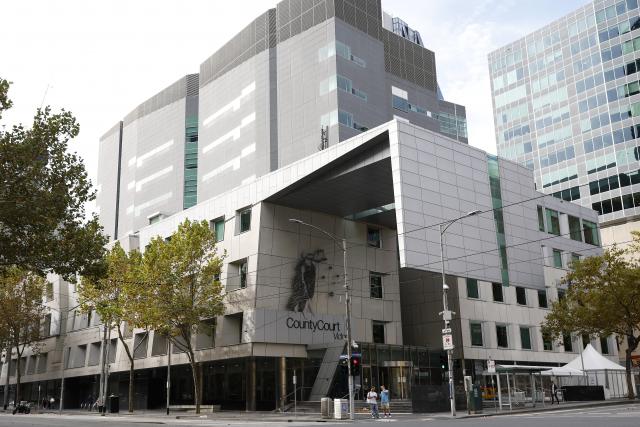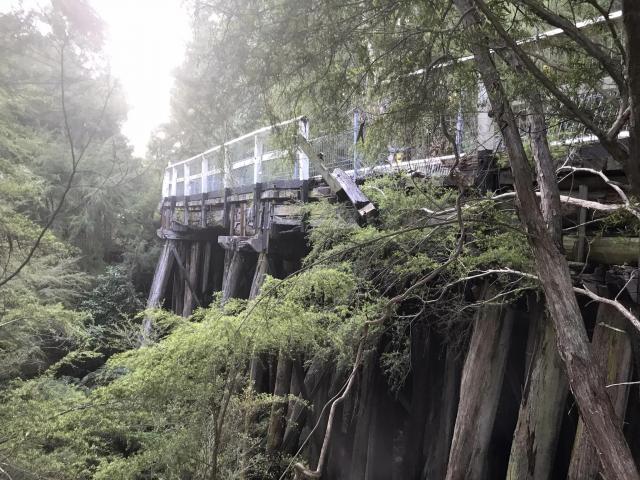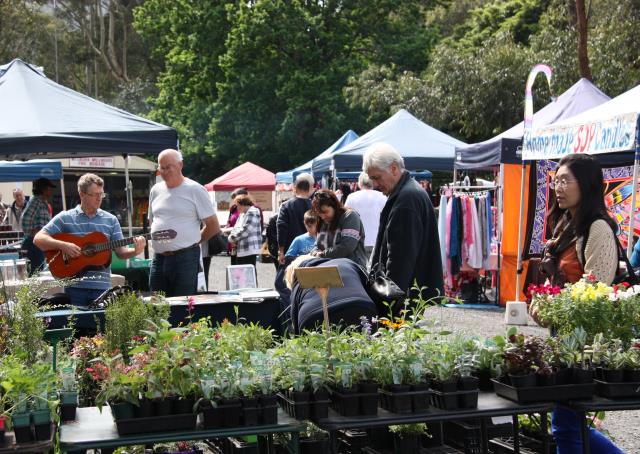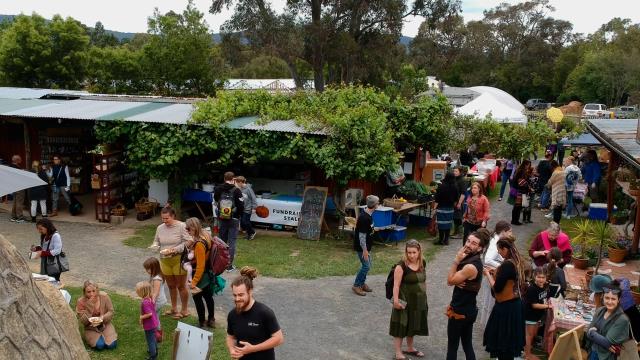Horses have been an integral part of Australian history, literature and folklore since the First Fleet. They have served as workhorses on farms, in wars and as transport. Horse racing was the first sporting event held in the fledgling colony of NSW.
Celebrated in our literature from poets ‘Banjo Paterson’, Adam Lindsay Gordon to many novelists such as Gerard Murnane with his racing memoir Something for the Pain to Kerry Scuffin’s recent poem Totem Horse
They have also long been figures of pride, not only to the people making money from their wins but also, as during the Depression, to an entire nation yearning for a symbol of hope. These thoroughbreds carry so many hopes and aspirations at race meetings all over our brown land but particularly on the first Tuesday in November, Melbourne Cup Day. Past winners’ names have entered our folklore: Archer, Phar lap, the legendary Makybe Diva, Winx, Black Caviar…
It’s the race that stops the nation. Victorians get a holiday, and across the country and the world millions watch. It attracts visitors, swells the state coffers and envelopes the city in a carnival-like atmosphere. For the ordinary punter it is an escape from the daily routine and a chance to get lucky; either on a rank outsider or in a workplace sweep.
But there are critics who claim it to be the most dangerous sport not only for the jockeys but also for the horses and see horse racing not as a sport but as an industry. Over $8 million in prize money alone.
They point to the large numbers of horses that end up in slaughterhouses from injuries or failure to live up to expectations. Each year approximately one third of horses are retired from racing. The fate of most of them is unknown.
To be fair, many are rehomed or repurposed, while thoroughbred stallions that were champions live lives of equine luxury and pampering and retire to stud.
But like all human activity, particularly where the stakes are so high, there will undoubtedly be instances of bad behaviour: cheating, doping, substitution: ‘The Fine Cotton story includes ‘a vicious gangster, a used-car salesman, a hapless horse trainer and a bucket of hair dye.’
Until Michelle Payne won the Cup in 2015 it was a rigidly gendered sport. Her acceptance speech minced no words (‘You can all get stuffed’) in the tradition of Julia Gillard‘s misogyny speech. This year Jamie Kah has committed to riding More Felons in the Cup.
Fashions on the Field always plays a big part on Cup Day: from the elegant, to the ground breaking (as when in 1965 Jean Shrimpton broke tradition with a mini) to the cringe worthy. For the Cup colour rules with millinery creations vying for attention. Eye watering millions are spent on outfits, accessories and grooming.
And where you watch the Cup clearly defines your social status. The opulence of the Birdcage and the various corporate marquees are for notables, and celebrities.
But with all its flaws, it’s an event that has evolved for 162 years with a global reach of 750 million. The obligatory warnings of ‘Chances are you are about to lose’ make little impact when the thrill of thundering hooves throws all caution to the wind. And remember Michelle Payne’s historic win on Prince of Penzance, a six-year-old bay horse had the longest odds to win a Melbourne Cup since 1940 and the equal longest in the history of the race.
May you pick a similar winner!
Totem Horse
There she is, spirit animal
Totem horse, down by the dam,
Struck by the dawn.
She’s the chestnut mare
With a dash of Arab, half racehorse,
And a bit of brumby bitch.
See her toss and twich!
Is she in the mood to be caught
Or will she hightale off with a buck and a snort?
When the wind’s up
She’s scatty as a foal,
bound to spook and shy and roll her eyes…
Oh the terrors seen
In the shadows and the green!
But get her right, she’ll stay forever
Like Lightfingers.
Not one to use a whip on—
responds best to tender words,
songs, soft strokes
And always keep her in a large paddock,
Let her run, let her think she is free.
The Woorilla Awards Event will be held on Sunday 19 November at 2pm.
Visit woorilla.org.au







